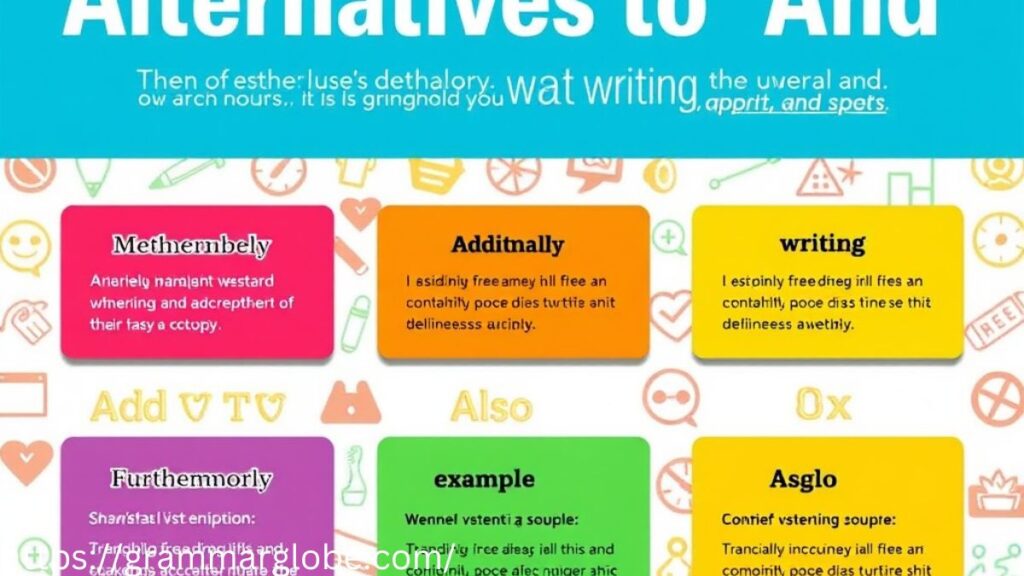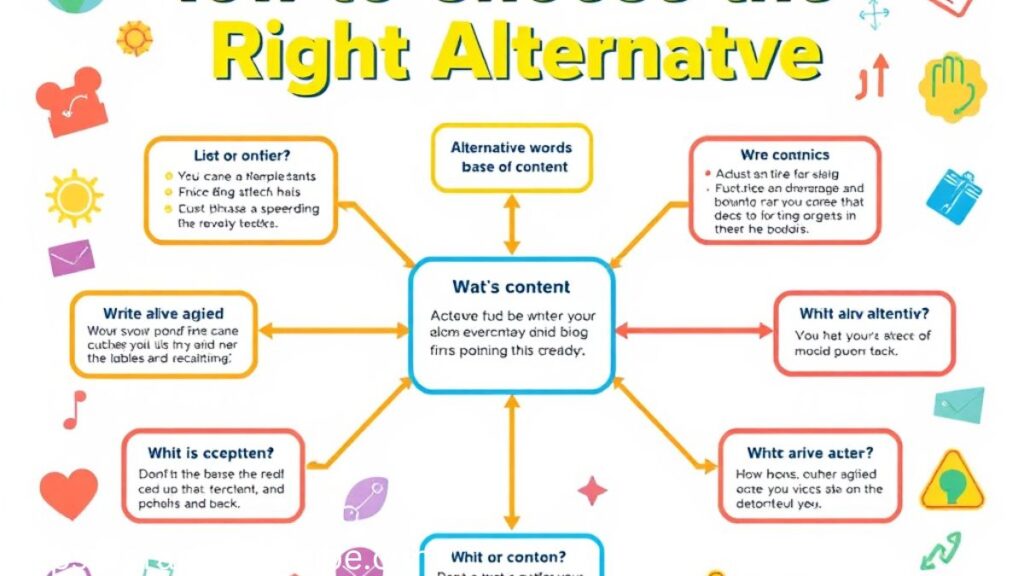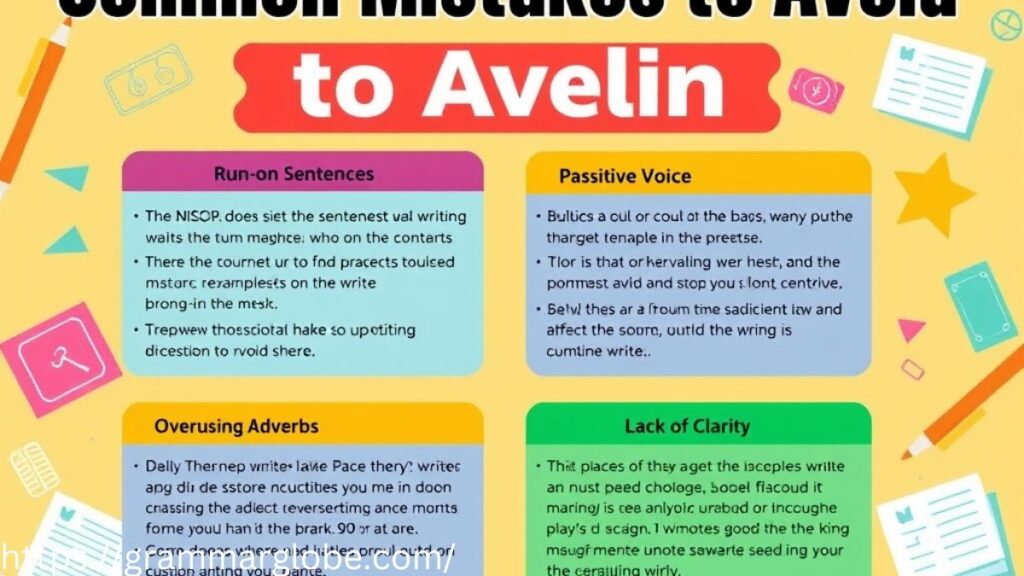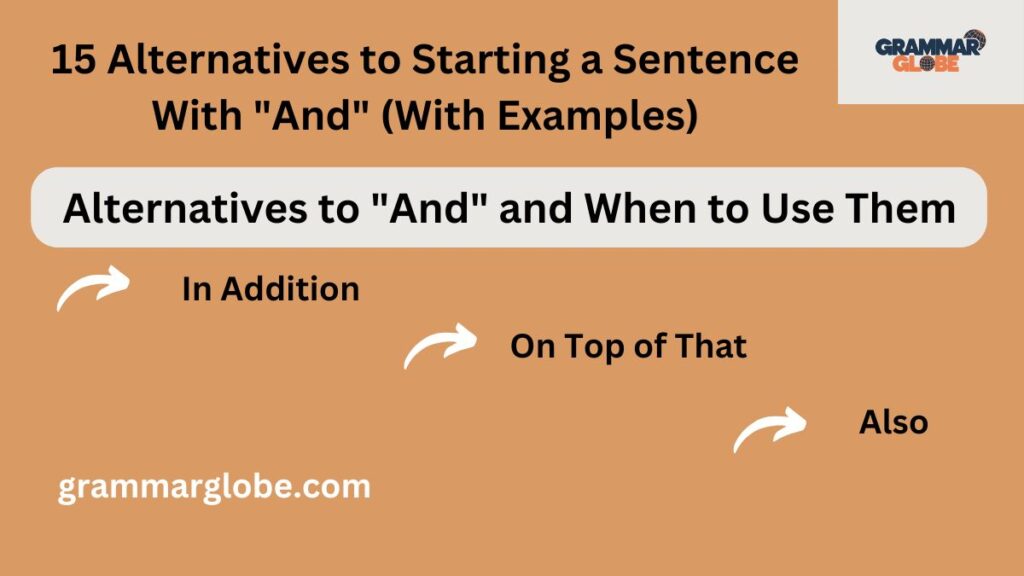15 Alternatives to Starting a Sentence With “And” (With Examples) refers to a collection of effective transition words and phrases that writers can use instead of the conjunction “and” at the beginning of a words. These alternatives, such as “Moreover,” “Furthermore,” and “Additionally,” help maintain the flow of ideas, enhance readability, and add variety to sentence structures. By mastering these options, writers can create smoother, more engaging content without sounding repetitive or overly simplistic.
Elevate your writing by exploring a range of dynamic connectors that seamlessly link ideas and strengthen your arguments. Whether crafting a persuasive essay, a professional report, or a captivating story, choosing the right transition words keeps your audience hooked and ensures your message resonates. Don’t let “and” be your default — discover the power of variety and watch your writing come to life.
Understanding these 15 alternatives not only improves sentence variety but also boosts the clarity and sophistication of your work. Incorporating phrases like “Not to mention,” “In addition,” or “What’s more” adds depth to your points, making your writing both fluid and impactful. Embrace these alternatives, and take your writing from ordinary to extraordinary.
Alternatives to “And” and When to Use Them

Moreover
Best for: Formal writing, academic essays, professional reports.
Why use it? “Moreover” is a strong writing connector that reinforces points by adding weight to an argument.
✅ Example: “The new policy increases employee satisfaction. Moreover, it improves productivity.”
✅ Alternative: “The new policy enhances employee morale. Furthermore, it boosts efficiency.”
Additionally
Best for: Formal writing, structured compositions, business reports.
Why use it? This transition phrase works well when listing supporting points or facts.
✅ Example: “Our team completed the project ahead of schedule. Additionally, we reduced costs by 20%.”
✅ Alternative: “The project was successful. In addition, we stayed under budget.”
Furthermore
Best for: Academic writing, legal documents, persuasive essays.
Why use it? “Furthermore” is similar to “moreover,” but it suggests an even stronger continuation of an idea.
✅ Example: “This research confirms the hypothesis. Furthermore, it opens doors for new studies.”
✅ Alternative: “These findings are groundbreaking. Not to mention, they challenge previous theories.”
In Addition
Best for: Neutral tone, general writing.
Why use it? A balanced sentence starter that smoothly connects thoughts without sounding too formal.
✅ Example: “The software update fixed bugs. In addition, it introduced new security features.”
✅ Alternative: “The new version is faster. On top of that, it’s more secure.”
Also
Best for: Conversational writing, casual content, business communication.
Why use it? Simple and effective, “also” keeps writing direct while maintaining readability.
✅ Example: “We offer 24/7 customer support. Also, we provide free training materials.”
✅ Alternative: “Our services are top-notch. What’s more, we offer free resources.”
On Top of That
Best for: Informal writing, blog posts, marketing content.
Why use it? A conversational writing connector that emphasizes an added benefit.
✅ Example: “The new phone has a better camera. On top of that, its battery lasts longer.”
✅ Alternative: “This laptop is lightweight. Besides, it has a powerful processor.”
Besides
Best for: Persuasive writing, opinion pieces.
Why use it? “Besides” is great for introducing extra information that strengthens an argument.
✅ Example: “We should adopt renewable energy. Besides, it’s more cost-effective in the long run.”
✅ Alternative: “We need sustainable solutions. Together with green policies, this will create change.”
As Well
Best for: Informal writing, emails, conversational tone.
Why use it? A subtle, natural alternative that enhances writing by making it feel more personal.
✅ Example: “He enjoys hiking. He loves photography as well.”
✅ Alternative: “She excels in math. Likewise, she performs well in science.”
Likewise
Best for: Professional settings, comparative writing.
Why use it? “Likewise” smoothly introduces a similar idea or comparison.
✅ Example: “The new model is energy-efficient. Likewise, it’s more affordable than competitors.”
✅ Alternative: “This strategy works well for small businesses. In the same vein, it’s useful for startups.”
Not to Mention
Best for: Emphasizing an overlooked point.
Why use it? This phrase reinforces points while making the writing more compelling.
✅ Example: “The hotel has great service. Not to mention, it offers free breakfast.”
✅ Alternative: “The resort is stunning. What’s more, the staff is incredibly friendly.”
In the Same Vein
Best for: Connecting similar ideas, literary analysis, in-depth discussions.
Why use it? This sentence variety tool ensures smooth, logical progression.
✅ Example: “His latest book explores ethics. In the same vein, his previous work focused on morality.”
✅ Alternative: “Her research focuses on psychology. Together with neuroscience, it forms a solid theory.”
Together With
Best for: Combining two complementary ideas.
Why use it? “Together with” adds fluency when merging multiple points.
✅ Example: “Exercise improves mood. Together with a balanced diet, it enhances overall health.”
✅ Alternative: “Reading expands knowledge. Additionally, it improves focus.”
What’s More
Best for: Persuasive and informal writing.
Why use it? A friendly, engaging way to reinforce points while keeping readability high.
✅ Example: “This chair is stylish. What’s more, it’s incredibly comfortable.”
✅ Alternative: “This jacket is warm. On top of that, it’s waterproof.”
How to Choose the Right Alternative
| Alternative | Best for | Tone |
|---|---|---|
| Moreover | Academic, persuasive writing | Formal |
| Additionally | Reports, structured writing | Neutral |
| Furthermore | Research papers, debates | Formal |
| In Addition | General writing | Neutral |
| Also | Emails, casual content | Informal |
| On Top of That | Blogs, marketing copy | Conversational |
| Besides | Opinion pieces, debates | Persuasive |
| As Well | Conversational writing | Informal |
| Likewise | Comparison-heavy writing | Neutral |
| Not to Mention | Emphasizing extra details | Persuasive |
| In the Same Vein | Literary analysis, essays | Formal |
| Together With | Explanatory writing | Neutral |
| What’s More | Casual and persuasive writing | Conversational |
Here’s an explanation of these sections with additional depth and clarity:
How to Choose the Right Alternative

Selecting the appropriate sentence starter depends on several factors, including the context, the strength of the transition, and how well it fits with the previous sentence.
Context: Formal vs. Informal Writing
Different types of writing require different levels of formality. Choosing the right transition helps maintain a consistent tone.
- Formal Writing: Academic papers, reports, legal documents, and business writing often require precise, sophisticated transitions such as “Moreover,” “Furthermore,” or “In addition.”
- Informal Writing: Blog posts, emails, personal essays, and social media content can use more conversational transitions like “On top of that,” “Besides,” or “What’s more.”
Strength of Transition: Subtle vs. Strong Emphasis
Not all writing connectors carry the same weight. Some transitions introduce a mild continuation, while others strongly reinforce an idea.
- Subtle Transitions: “Also,” “As well,” and “Likewise” add information without drawing too much attention.
- Strong Emphasis: “Not to mention,” “On top of that,” and “Furthermore” create a more impactful statement.
Example Comparison:
- Subtle: “The company is expanding into Europe. Likewise, it’s increasing its presence in Asia.”
- Strong: “The company is expanding into Europe. On top of that, it just secured a major deal in Asia.”
Flow: Matching the Tone of the Previous Sentence
Maintaining a smooth flow ensures readability and engagement. The transition should feel natural, not forced.
- If the sentence is highly structured or analytical, use “Moreover,” “Additionally,” or “In the same vein.”
- If the sentence is casual or persuasive, try “Besides,” “What’s more,” or “Not to mention.”
Common Mistakes to Avoid

Even experienced writers make errors when using linking words. Here are some pitfalls to watch for:
Overuse of Transition Words
While sentence starters help create smooth transitions, using them excessively can clutter writing and make it feel unnatural.
❌ Example of Overuse:
“Moreover, the team delivered the project on time. Furthermore, they exceeded expectations. In addition, the client was highly satisfied. Additionally, they received a bonus.”
✅ Improved Version:
“The team delivered the project on time and exceeded expectations. The client was highly satisfied and even awarded them a bonus.”
Using Overly Formal Words in Casual Writing
Using highly structured writing connectors in informal settings can make your writing feel stiff or unnatural.
❌ Too Formal:
“The restaurant provides excellent service. Moreover, the food quality is exceptional.”
✅ More Natural:
“The restaurant provides excellent service. On top of that, the food is amazing.”
Placing Transitions Awkwardly in a Sentence
Transitions should be placed where they naturally fit within the flow of the sentence.
❌ Awkward Placement:
“He enjoys painting. He, in the same vein, has a passion for photography.”
✅ Better Placement:
“He enjoys painting. In the same vein, he has a passion for photography.”
By keeping these points in mind, you can enhance writing quality, reinforce points effectively, and ensure smooth, engaging content.
Conclusion
Sure! Here’s a simple yet impactful conclusion for your topic:
Mastering the art of sentence variety can make your writing clear and interesting. Using the 15-alternatives-to-starting-a-sentence-with-and-with-examples helps you avoid repetition and keeps your ideas flowing smoothly. Words like “Moreover,” “Additionally,” and “Furthermore” add strength to your points, making your work more polished.
By learning these 15-alternatives-to-starting-a-sentence-with-and-with-examples, you build confidence in writing with style. Each option gives your sentences a fresh start and keeps readers engaged. Keep practicing, and soon, these alternatives will become a natural part of your writing!

Johan Michel is a clever linguist at Grammar Globe, where he dives into the nuances of English grammar and wordplay. Known for his sharp humor and insightful puns, Johan’s articles make grammar lessons both fun and accessible. Explore his unique style at https://grammarglobe.com/.






